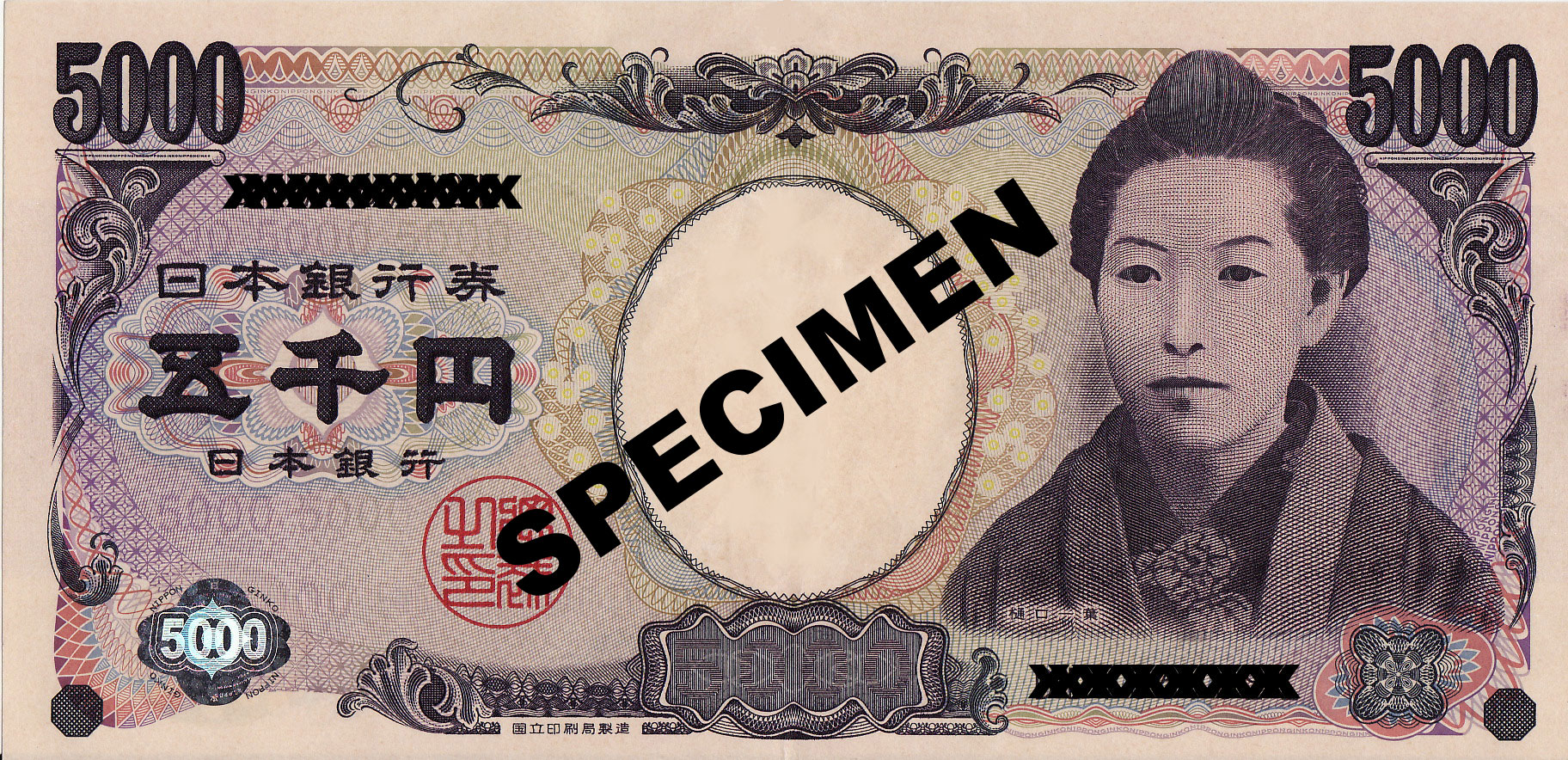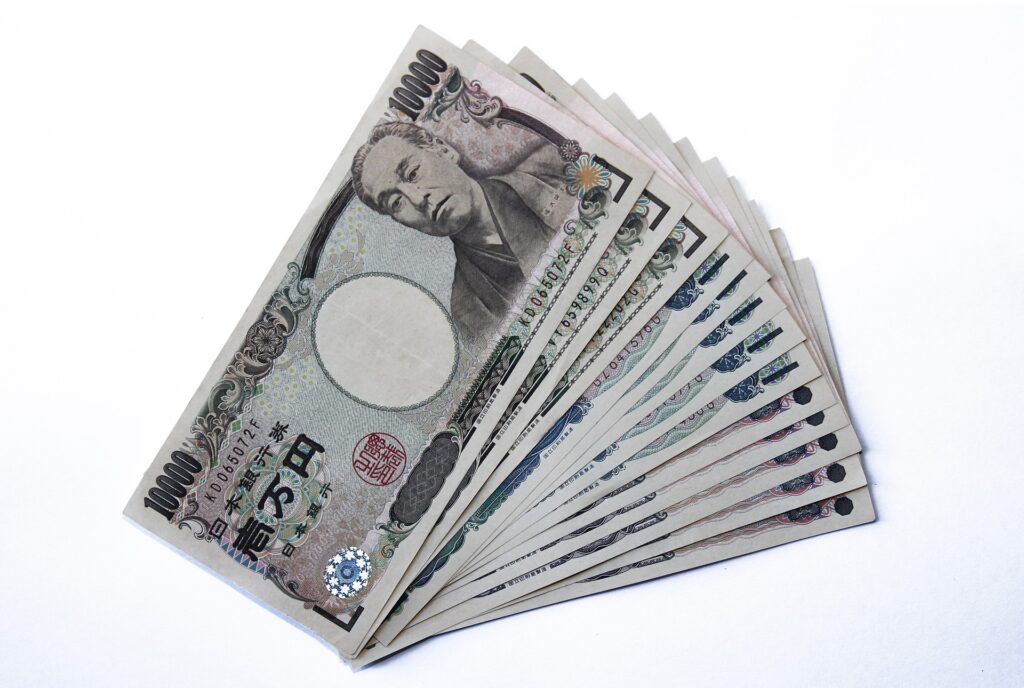Japanese Yen Extends Gains to Highest Level in 2024 Thanks to Interest Rate Differentials
In a surprising turn of events, the Japanese yen has surged to its highest level in 2024, outperforming many major currencies and catching the attention of global investors and economists alike. This remarkable ascent can be largely attributed to the widening interest rate differentials between Japan and other developed economies, particularly the United States. As we delve into this phenomenon, we’ll explore the various factors contributing to the yen’s strength, the implications for the global economy, and what this means for investors and policymakers moving forward.
Understanding the Yen’s Rally
The Japanese yen’s impressive rally in 2024 is a result of a complex interplay of economic factors, monetary policies, and global market dynamics. To fully appreciate the significance of this development, it’s crucial to examine the key drivers behind the currency’s surge.
1. Interest Rate Differentials
At the heart of the yen’s appreciation lies the concept of interest rate differentials. In simple terms, this refers to the difference in interest rates between two countries. For years, Japan has maintained an ultra-low interest rate policy, with the Bank of Japan (BOJ) keeping rates at or below zero in an attempt to stimulate economic growth and combat deflation.
In contrast, many other developed economies, led by the United States, have been on a path of monetary tightening. The Federal Reserve, in particular, has implemented a series of interest rate hikes to combat inflation and maintain economic stability. This divergence in monetary policy has created a significant interest rate gap between Japan and other major economies.
Traditionally, such a scenario would typically lead to a weaker yen, as investors seek higher yields elsewhere. However, in 2024, we’re witnessing a counterintuitive phenomenon where the yen is strengthening despite lower interest rates. This paradox can be explained by several factors:
- Expectations of BOJ Policy Shift: Market participants are increasingly anticipating that the Bank of Japan will eventually abandon its ultra-loose monetary policy. As these expectations build, investors are positioning themselves ahead of any potential policy changes, driving up demand for the yen.
- Safe-Haven Status: The yen has long been considered a safe-haven currency. In times of global economic uncertainty or market volatility, investors often flock to the yen as a store of value, regardless of interest rate differentials.
- Carry Trade Unwinding: The widening interest rate gap has made the yen an attractive funding currency for carry trades. However, as the yen appreciates, many traders are unwinding these positions, further boosting the currency’s value.
2. Global Economic Landscape
The yen’s strength is also a reflection of the broader global economic context. Several factors in the international arena have contributed to the currency’s appreciation:
- US Economic Slowdown: Signs of a potential economic slowdown in the United States have led to speculation that the Federal Reserve may pause or even reverse its rate hike cycle. This has somewhat narrowed the perceived interest rate differential between the US and Japan.
- Geopolitical Tensions: Ongoing geopolitical conflicts and trade disputes have increased global economic uncertainty, enhancing the yen’s appeal as a safe-haven asset.
- Asian Economic Resilience: The relative stability and growth prospects of Asian economies, including Japan, have attracted international capital flows, supporting the yen’s value.
3. Domestic Factors in Japan
While external factors play a significant role, domestic developments within Japan have also contributed to the yen’s appreciation:
- Economic Recovery: Japan’s economy has shown signs of resilience and recovery, with improving corporate profits and a stabilizing labor market. This positive outlook has bolstered confidence in the yen.
- Inflation Trends: After years of struggling with deflation, Japan has seen a modest uptick in inflation. While still below the BOJ’s target, this trend has fueled speculation about potential monetary policy adjustments.
- Corporate Repatriation: Japanese companies have been repatriating overseas profits, converting foreign currencies to yen and adding to the upward pressure on the currency.
Implications of a Stronger Yen

The yen’s appreciation to its highest level in 2024 has far-reaching implications for various sectors of the Japanese economy and beyond:
1. Export Competitiveness
A stronger yen poses challenges for Japan’s export-oriented industries. As the yen appreciates, Japanese goods become more expensive in foreign markets, potentially reducing demand and eroding the competitiveness of Japanese exporters. This could impact sectors such as automotive, electronics, and machinery, which are crucial to Japan’s economy.
2. Corporate Profits
For Japanese companies with significant overseas operations, a stronger yen can lead to lower profits when foreign earnings are repatriated. This effect is particularly pronounced for multinational corporations that generate a large portion of their revenues abroad.
3. Import Costs
On the flip side, a stronger yen makes imports cheaper for Japanese consumers and businesses. This could help offset inflationary pressures and boost domestic consumption, particularly for imported goods and raw materials.
4. Tourism
The tourism sector, which has been a focus of Japan’s economic growth strategy, may face headwinds as a stronger yen makes travel to Japan more expensive for foreign visitors. This could potentially slow the recovery of the tourism industry, which has already been severely impacted by the global pandemic.
5. Investment Flows
A appreciating yen could attract more foreign investment into Japanese assets, as investors seek to capitalize on both currency gains and potential economic growth. This influx of capital could support Japanese financial markets and potentially fuel further yen appreciation.
Global Economic Implications
The yen’s surge has ramifications beyond Japan’s borders, influencing global trade dynamics and financial markets:
1. Currency Markets
The yen’s strength has ripple effects across currency markets, potentially leading to realignments in major currency pairs. This could impact global trade flows and influence monetary policies in other countries.
2. Carry Trades
As mentioned earlier, the unwinding of yen-funded carry trades could lead to increased volatility in various asset classes, as traders adjust their positions and risk exposures.
3. Safe-Haven Flows
The yen’s status as a safe-haven currency means its appreciation could be indicative of broader risk aversion in global markets. This trend could influence investor sentiment and asset allocation decisions worldwide.
4. Competitive Devaluations
There’s a risk that other countries might view the yen’s appreciation as a threat to their export competitiveness, potentially leading to interventions in currency markets or shifts in monetary policies to weaken their own currencies.
Policy Responses and Future Outlook

The yen’s remarkable gains in 2024 have put policymakers, particularly at the Bank of Japan, in a challenging position. Here are some potential policy responses and considerations for the future:
1. BOJ Monetary Policy
The Bank of Japan faces increasing pressure to adjust its ultra-loose monetary policy. Options on the table include:
- Yield Curve Control Adjustment: The BOJ might consider widening the band around its yield curve control target, allowing for more flexibility in long-term interest rates.
- Interest Rate Hike: While still a distant possibility, the BOJ might eventually consider raising interest rates if economic conditions continue to improve and inflation sustainably approaches the 2% target.
- Forward Guidance: The central bank could modify its communication strategy to signal a potential shift in policy direction, which could help manage market expectations.
2. Government Intervention
The Japanese government and financial authorities may consider direct intervention in the currency markets to stem the yen’s appreciation if it is deemed excessive or disruptive to the economy. However, such interventions are typically reserved for extreme situations and can have limited long-term effectiveness.
3. Fiscal Policy Measures
To counteract the potential negative impacts of a strong yen on certain sectors, the government might implement targeted fiscal measures, such as export subsidies or support for affected industries.
4. International Coordination
Given the global implications of significant currency movements, there may be efforts to coordinate policy responses among major economies to maintain stability in currency markets and prevent excessive volatility.
Looking Ahead: Scenarios for the Yen
As we look to the future, several scenarios could unfold for the Japanese yen:
- Continued Appreciation: If global economic uncertainties persist and the BOJ maintains its current policy stance, the yen could continue its upward trajectory, potentially testing new multi-year highs.
- Stabilization: The yen might find a new equilibrium level as markets fully price in expectations of future policy changes and global economic conditions stabilize.
- Gradual Depreciation: If the global economy strengthens and interest rate differentials widen further, the yen could gradually give up some of its gains, especially if the BOJ remains committed to its ultra-loose policy.
- Volatility and Fluctuations: Given the complex interplay of factors influencing the yen, periods of heightened volatility and significant fluctuations are likely as markets react to new economic data, policy decisions, and geopolitical developments.
Conclusion
The Japanese yen’s extension of gains to the highest level in 2024, driven primarily by interest rate differentials, marks a significant shift in the currency landscape. This development challenges conventional wisdom about the relationship between interest rates and currency values, highlighting the complex and often unpredictable nature of global financial markets.
For Japan, the stronger yen presents both opportunities and challenges. While it may pose headwinds for exporters and certain sectors of the economy, it also reflects growing confidence in Japan’s economic prospects and could potentially pave the way for a normalization of monetary policy after years of extraordinary measures.
Globally, the yen’s appreciation serves as a reminder of the interconnectedness of financial markets and the far-reaching impacts of divergent monetary policies. As policymakers, investors, and businesses navigate this evolving landscape, adaptability and a nuanced understanding of the forces at play will be crucial.
The coming months and years will likely bring further twists and turns in the yen’s journey. Whether it continues its ascent or finds a new equilibrium, the currency’s performance will remain a key indicator of broader economic trends and a critical factor in shaping global financial flows. As such, the story of the Japanese yen in 2024 is not just about exchange rates, but about the ongoing transformation of the global economic order in an era of unprecedented challenges and opportunities.



